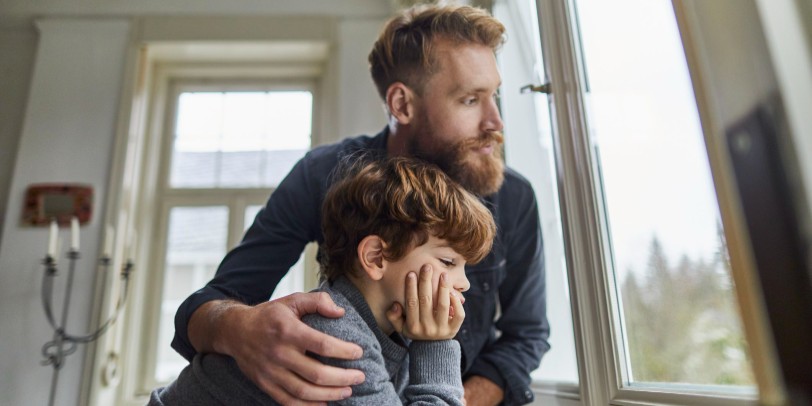In any consideration or depiction of divorce, be it in real life, or in the movies, the normal scenario is that the mother always gets custody of the children, however, that is not necessarily true in every case.
This is particularly true in Australia from a legal perspective, because following an amendment to the Family Law Act in 2006, there is no such thing as mother’s rights, nor for that matter, do father’s rights exist.
There is one very simple, and laudable, reason for this to be so, and that is that in Australian law, the highest priority is making sure that the rights of the children are promoted and protected, rather than the rights of the mother and father of those children.
For the above reason, when it comes to divorce and consideration of what is the best interests of the children of that marriage, the default position is that the parents have shared responsibility for their children. The legal terminology is ‘Equal Shared Parental Responsibility‘.
Now you might think that surely if the children are living permanently with one of their parents, that parent is the one who has custody of them, but that is not how family law works in Australia.
Yes, they are obviously going to spend most of their time living with that parent, but that does not mean this parent dominates their life, nor makes all the major decisions for them.
The implications of current family law are that one parent will no longer be seen to have ‘custody’ of the children, nor will they have the final say over the important aspects of their life. Instead, each parent will be expected to discuss and agree on what is best for their children with regards to their schooling, health, and religious and cultural education.
This co-parenting model is designed to ensure children have influences upon their lives from both of their parents, rather than the one who has so-called custody, be that their mother or their father.
It is not impossible, and actually it is more than likely, that not every decision that one parent wants to make is accepted by the other. This can be positive or negative depending on how you view it.
It is positive in the sense that no one parent dominates the decision-making process, and also it serves as a check or balance against poor decisions being made by one of the parents.
On the negative side it can result in a stalemate whereby a decision needs to be made in the best interests of the child, and none is forthcoming. Also, if the parents argue about decisions in front of their children, it is not exactly beneficial for any child to see or hear that.
Although joint parental responsibility is the default position, it is not always applied, especially where there are mitigating circumstances. One of the most obvious is where the father was violent or abusive towards his children, or he is in a situation where his influence might be detrimental to the children, such as drug addiction or alcoholism.
Here the court may grant sole parental responsibility to the mother, but even then, they are still likely to grant visitation to the father. It may only be extremely limited, and will almost certainly be supervised unless and until the father is seen to be mending his ways.

